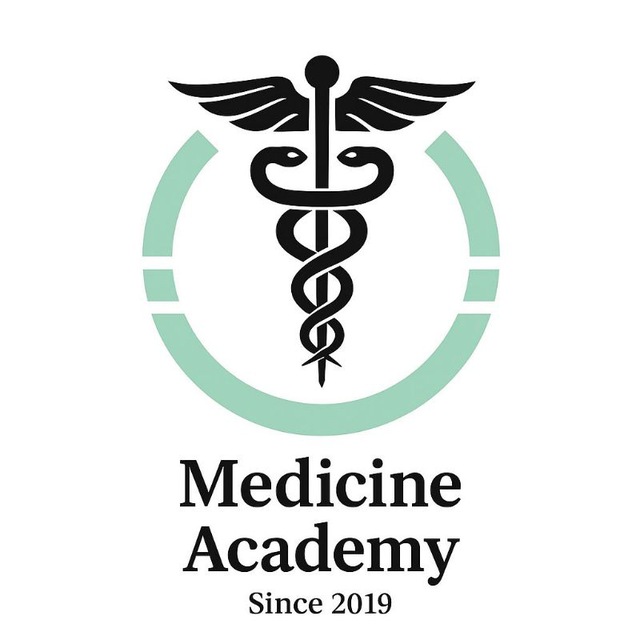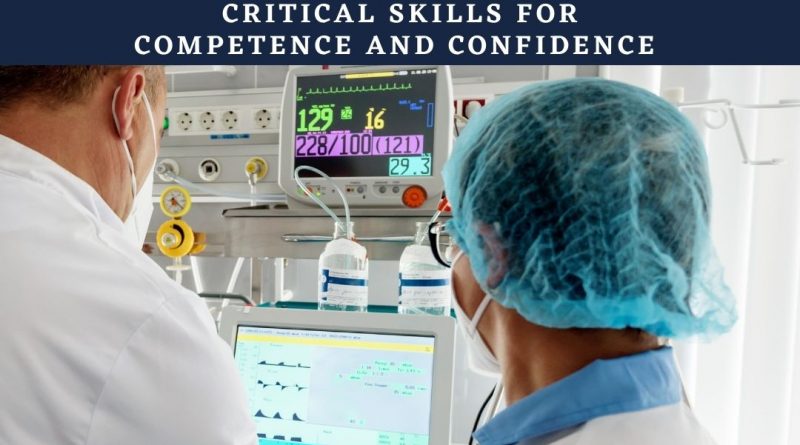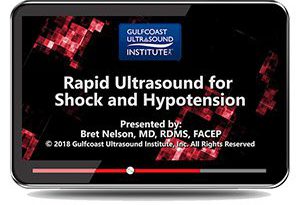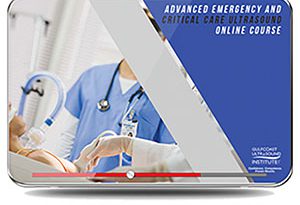Urgent Care CME – Critical Skills for Competence and Confidence
This course is designed for PAs and NPs working in the ED. It is designed for clinicians who provide fast track, urgent or acute primary care to their patients. Focus on fundamental wound care, orthopedics and infectious disease. Learn how to be clean, efficient and NOT GET BURNED!
The program covers topics, such as:
- Introduction & Urgent Care Mindset
- Pulmonary/Dyspnea
- Addiction
- Ophthalmologic Disorders
- ENT
- Chest Pain
- Acute Abdominal Pain & Pregnancy Complications
- Headaches
- Basic Microbiology and Sepsis
- Common Rashes & Antibiotics & Wound Care
- Orthopedic Complaints & Effective Communication & Medical Errors & Medical Malpractice
John Bielinski, Jr, MS, PAC is the speaker. John is hailed as one of the greatest presenters in the country. With his unique active style and easy to follow presentation, attendees have reported learning more in one day from him than an entire year in the classroom! He earned a master’s degree in family and emergency medicine and is a national lecturer on emergency medicine and extraordinary patient care. His experience not only includes years of hospitalist/intensive care coverage, but he has also run a rural emergency department for nine years autonomously, having cared for hundreds of cardiac arrest and critically ill patients. John has lectured for over 10 years teaching PA students at two PA schools in Buffalo, NY. He has also instructed paramedics and nurses on advanced cardiac life support.
Pulmonary/Dyspnea
Upon completion of this session, the participant should be able to:
- Diagnose the 5 most important diseases associated with dyspnea and explain why they should not be missed
- Recognize the presentation of CHF for early identification and recommend treatment options based on current AHA/ACC guidelines to improve patient outcomes
- Identify and treat asthma based on current guidelines from the Global Initiative in Asthma
- Identify the presentation of pulmonary embolism for improved diagnosis and to implement treatment strategies based on current guidelines
Addiction
- Recognize the psychological and disconnect addiction patients have with their disorder and provide the care they need in an Emergency Medicine setting
- Identify patients presenting with alcohol abuse in an effort to diagnose Korsakoff’s syndrome and differentiate it from Wernicke’s Encephalopathy
Ophthalmologic Disorders
- Explain the approach to evaluate ophthalmologic complaints
- Identify the two key components of a deep eye problem requiring consultation
- Provide tools of visual acuity in a patient who does not have their prescribed glasses/contacts
ENT in Urgent Care
- Appropriately diagnose and treat otitis media based on clinical presentation and physical exam findings with updated antibiotic recommendations based on current guidelines
- Apply Centor Criteria to assist in the diagnosis of Strep pharyngitis
- Implement the current guidelines for the treatment of sinusitis
Differential Diagnosis of Chest Pain
- Assess for and identify causes of chest pain
- Describe the pathophysiology of chest pain
- Differentiate the clinical features of various causes of chest pain
- Identify infectious causes of chest pain based on clinical presentation and evaluation
Approach to the Management of Chest Pain
- Develop an approach to the patient with chest pain based on current AHA/ACC guidelines
- Calculate the HEART Score in the assessment of a patient with chest pain and acute coronary care
- Employ the ACCF/AHA Guideline based management strategies for chest pain
- Recognize when to refer patients for more advanced cardiac care
Acute Abdominal Pain
- Apply a systematic approach to a patient with acute abdominal pain based on AFP guidelines
- Determine and avoid common pitfalls in the assessment of patients with abdominal pain
- Detect and assess high-risk scenarios related to patients with abdominal pain
Common Rashes
- Assess common rashes in the ED to make appropriate diagnosis and initiate treatment
- Develop a differential diagnosis based upon the type of rash on presentation
Wound Care
- Diagnose wound care complaints and apply the National Wound Management Guidelines
- Develop a clinical approach to ED infectious diseases
Typical Orthopedic Complaints
- Upon completion of this session, the participant should be able to:
- Diagnose common orthopedic injuries based on history and physical and initiate therapeutics
- Utilize both the Ottawa Knee and Ankle Rules as an assessment tool to help your evaluation and work up on knee and ankle injuries
Medical Errors
- Apply the ASHP Guidelines on Preventing Medication Errors in Hospitals (2018)
- Demonstrate root cause analysis and perform it on cases of medical errors
- Assess specific, evidence-based risks for medication errors and strategies to reduce their occurrence
Effective Communications
- Provide pearls of effective communication to improve patient compliance
- Appraise the variety of ways that people perceive communication and process information
- Assess your personal communication strengths and limitations
- Determine communication issues unique to older patients
- Develop practices and apply skills to maximize effective communication and listening based on current literature
Medical Malpractice
- Prepare for a malpractice defense and provide optimal documentation based on case presentations
- Identify methods to improve charting and the ability to defend one’s care
- Describe the various areas in medicine or practice behaviors that are predisposed to high risk for medical malpractice claims
- Recognize the situations or patient encounters that commonly result in behavior consistent with high risk for causing an action
- Identify the various strategies and resources available to you when a perceived high risk behavior or encounter has occurred
Emergency Mindset and Preventing Burnout in Medicine
- Integrate effective communication skills such as active listening, reframing, and validation into daily interactions with patients, improving overall communication and the quality of care
- Review current literature re: physician burnout
- Incorporate strategies to reduce clerical burdens of EMR
- Adopt strategies for successful patient experience surveys
- Apply techniques for managing functional symptoms in the office
Details : 18 Videos , 1 PDF
Price : $ 75
[WD_Button id=441]




